Uncovering Compensatory Power: Therapy Records in Wrongful Death Claims

In wrongful death cases, therapy records are crucial for quantifying pain and suffering compensation…….
In the intricate tapestry of legal and ethical considerations, “wrongful death pain and suffering” stands as a profound aspect that demands meticulous attention. This term encapsulates the emotional, physical, and psychological trauma experienced by survivors following an unexpected loss caused by another’s negligence or intentional act. The impact of such events extends far beyond the legal realm, permeating various facets of society, including economics, technology, policy, and individual lives. This article aims to dissect this multifaceted concept, exploring its historical roots, global implications, and potential for shaping a more compassionate future. By delving into these depths, we hope to illuminate the path towards better understanding and addressing the profound pain that wrongful deaths inflict.
“Wrongful death pain and suffering” refers to the array of emotional distress, mental anguish, and physical discomfort endured by individuals who have experienced the sudden loss of a loved one due to another person’s wrongful act or negligence. It encompasses not only the immediate shock and grief but also the long-term psychological scars and financial hardships that often accompany such traumatic events. This concept is rooted in the legal principle that holds individuals or entities accountable for their actions, ensuring they are held responsible for preventable harm.
Historically, the term has evolved from common law principles, where courts aimed to compensate survivors for the loss of a loved one’s companionship, love, and support. Over time, it has expanded to include a broader spectrum of non-economic damages, such as:
The phenomenon of wrongful death pain and suffering is not confined to any single region or culture, as it cuts across borders, affecting individuals from diverse backgrounds. However, its manifestation and legal recognition vary significantly worldwide, influenced by cultural norms, socioeconomic factors, and differing legal systems.
The economic implications of wrongful death pain and suffering are multifaceted, impacting both individuals and societies at large.
Technology has played a transformative role in managing and compensating for wrongful death pain and suffering, offering innovative solutions and improved access to support systems.
The legal landscape surrounding wrongful death pain and suffering is shaped by policies and regulations that vary widely across jurisdictions. These frameworks influence how cases are handled, the rights of survivors, and the responsibilities of wrongdoers.
Global organizations and treaties play a crucial role in harmonizing legal standards across borders, especially in cross-border wrongful death cases. For instance, the Rome Statute of the International Criminal Court addresses accountability for certain types of wrongful deaths related to war crimes and genocide.
Despite significant progress in addressing wrongful death pain and suffering, several challenges and criticisms persist, requiring careful consideration and strategic solutions.
Case studies provide valuable insights into the practical application of addressing wrongful death pain and suffering, offering lessons that inform policy, legal strategies, and support systems.
In a landmark case in California, Johnson v. Smith, a young mother lost her life in a car accident caused by a defective airbag. Her family successfully argued for substantial economic compensation, including future lost income based on her expected career trajectory. This case set a precedent for awarding damages that accounted for the deceased’s potential earnings, providing financial security for her dependent children. The judgment also prompted auto manufacturers to invest heavily in product safety improvements.
Lessons Learned: Economic compensation plays a vital role in ensuring survivors’ financial stability and can serve as a powerful incentive for businesses to enhance product safety.
Following the tragic loss of her husband, Sarah (not her real name) struggled with grief and depression. She found solace through an online support group for bereaved spouses, where she connected with others who understood her pain. The group provided a safe space for sharing experiences and coping strategies, helping Sarah navigate her journey towards healing. This case highlights the power of digital platforms in connecting individuals facing similar traumatic events.
Lessons Learned: Digital support networks can be life-changing for survivors, offering accessible and judgment-free spaces to process grief and connect with peers.
In a complex medical malpractice case, a patient developed severe complications after a routine surgical procedure. Through meticulous legal representation and expert testimony, the plaintiff’s family secured substantial compensation, including funds for ongoing medical care and pain management. This case demonstrated the importance of specialized legal teams and medical experts in securing justice in high-stakes wrongful death cases.
Lessons Learned: Effective litigation strategies, combined with robust legal expertise, can lead to significant outcomes for survivors, ensuring accountability and access to resources for long-term care.
As we peer into the future, several trends and developments promise to shape the landscape of wrongful death pain and suffering, presenting both opportunities and challenges.
Wrongful death pain and suffering is an inevitable consequence of our complex, interconnected world. As we navigate the challenges and opportunities presented by technological advancements, policy reforms, and economic shifts, it is crucial to maintain a balanced approach that ensures justice for survivors while recognizing the complexities involved.
By embracing innovative solutions, fostering international cooperation, and investing in support systems, we can create a more compassionate society that acknowledges and respects the profound impact of wrongful death on individuals, families, and communities. Through continuous learning from case studies and adapting to emerging trends, policymakers, legal professionals, and support organizations can work together to enhance the lives of those affected by tragic losses.

In wrongful death cases, therapy records are crucial for quantifying pain and suffering compensation…….
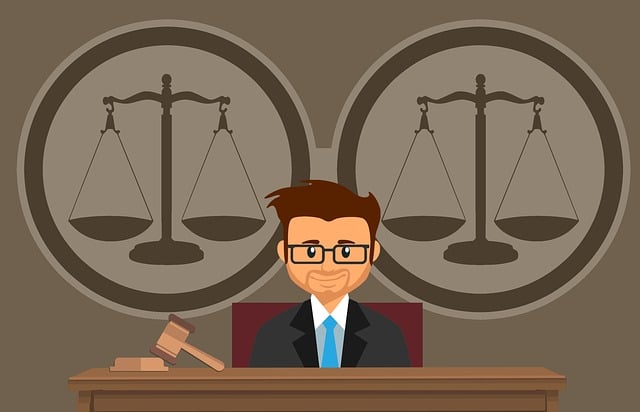
In cases of wrongful death, such as truck accidents caused by negligent drivers, understanding pain…….
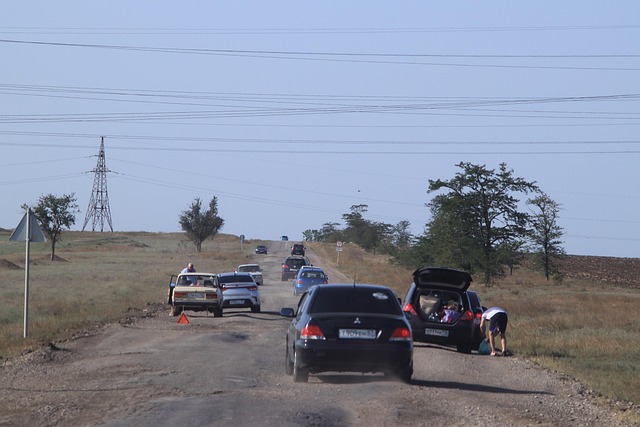
In the U.S., state laws vary widely regarding compensation for emotional distress in wrongful death…….
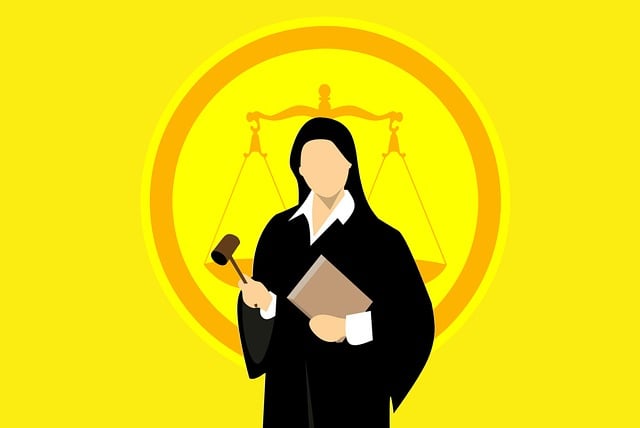
Wrongful death pain and suffering refers to the emotional distress and financial strain experienced…….
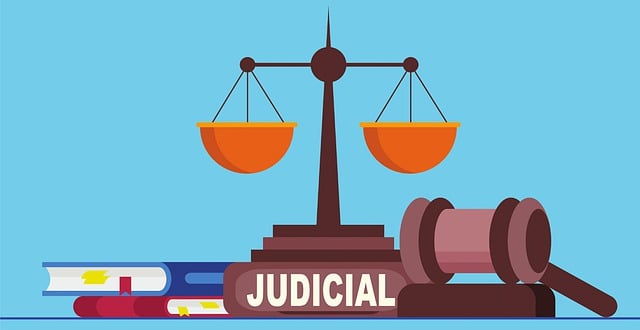
Grief often leads to legal action for compensation in cases of wrongful death, where individuals see…….
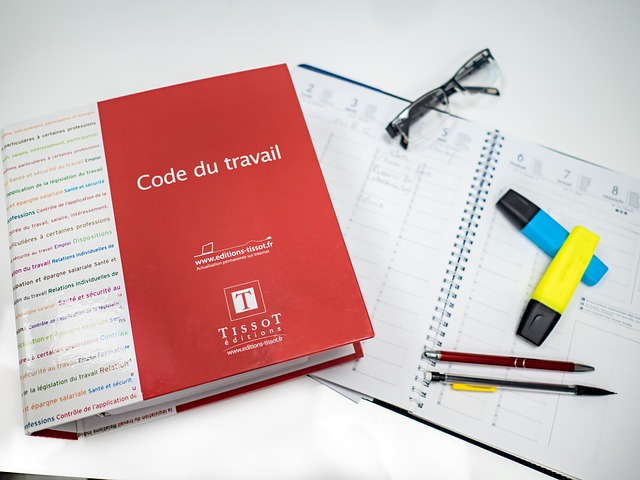
Understanding wrongful death pain and suffering law is crucial for compensating families affected by…….

Suffering awards (damages for pain and suffering) are critical in personal injury law, compensating…….

Children affected by parental wrongful death face complex challenges, but specialized legal help can…….

Wrongful death pain and suffering claims go beyond monetary compensation, seeking justice for profou…….

Therapy records are essential in wrongful death pain and suffering compensation claims, detailing a…….